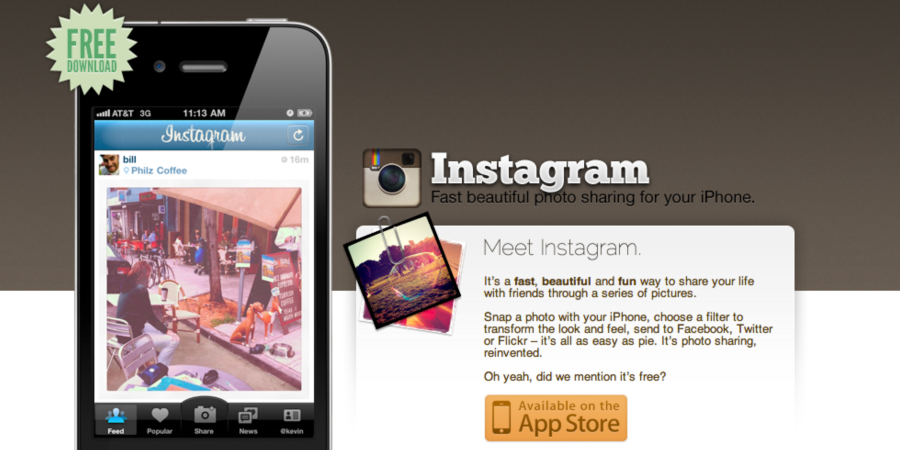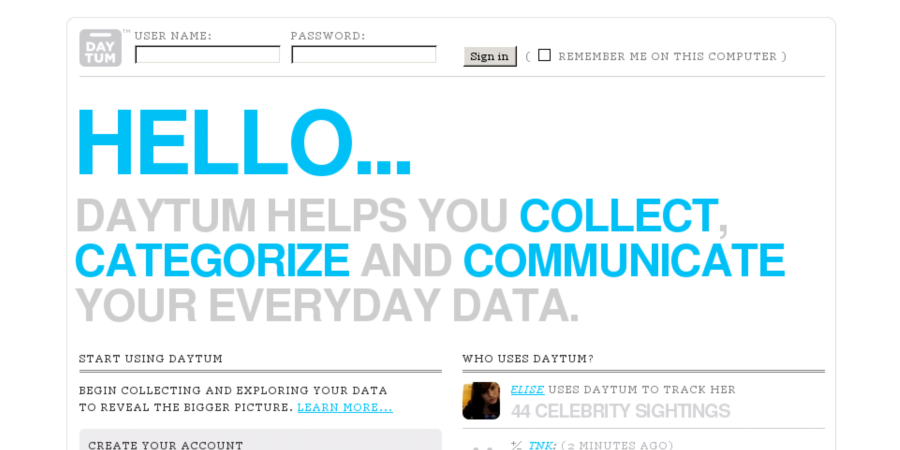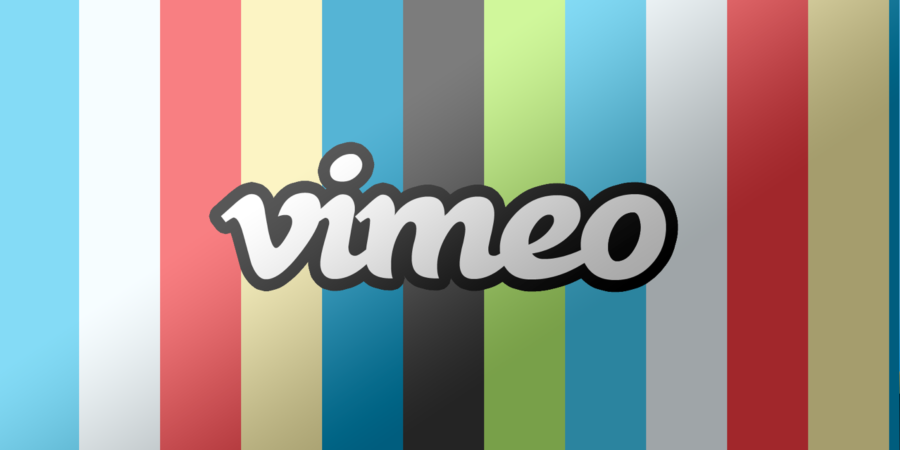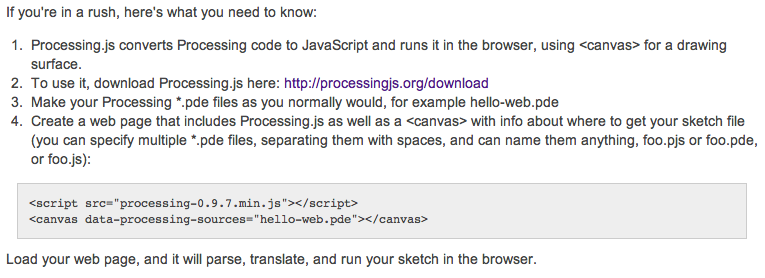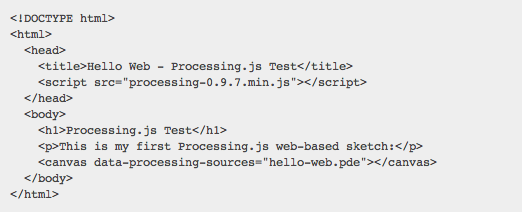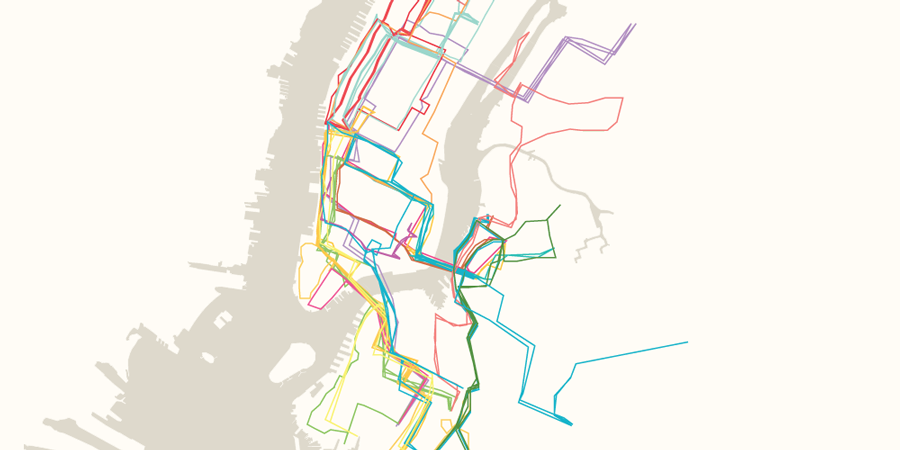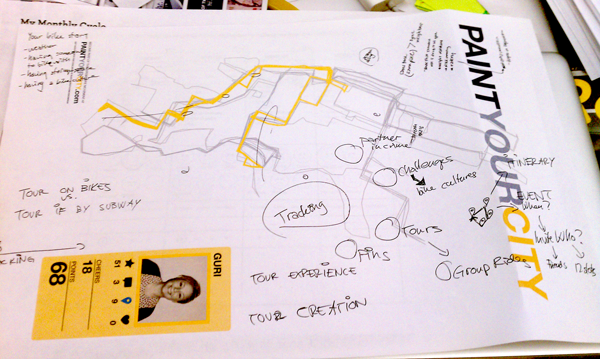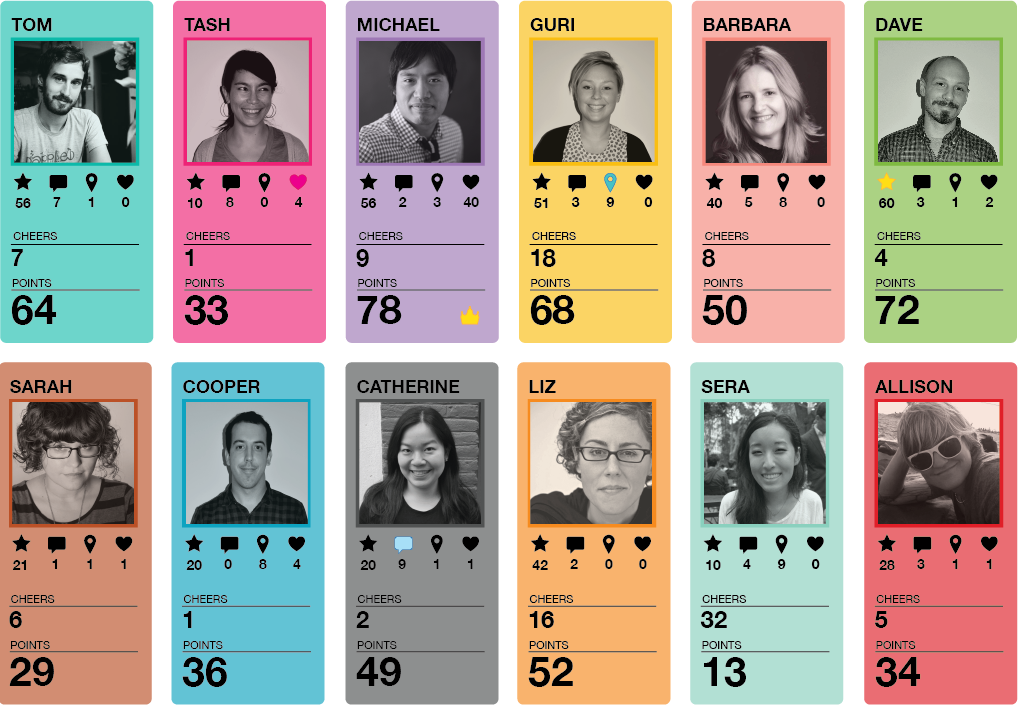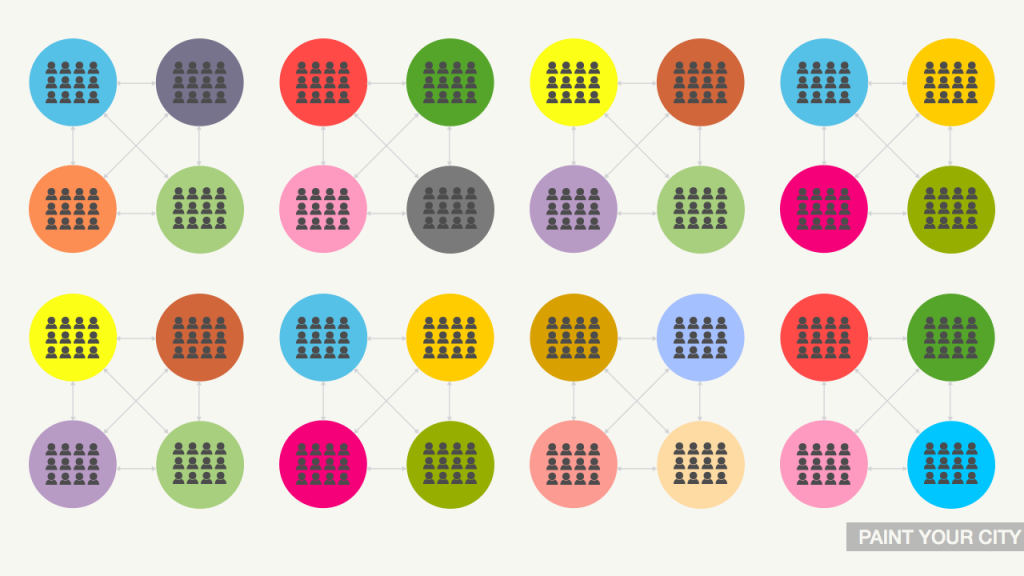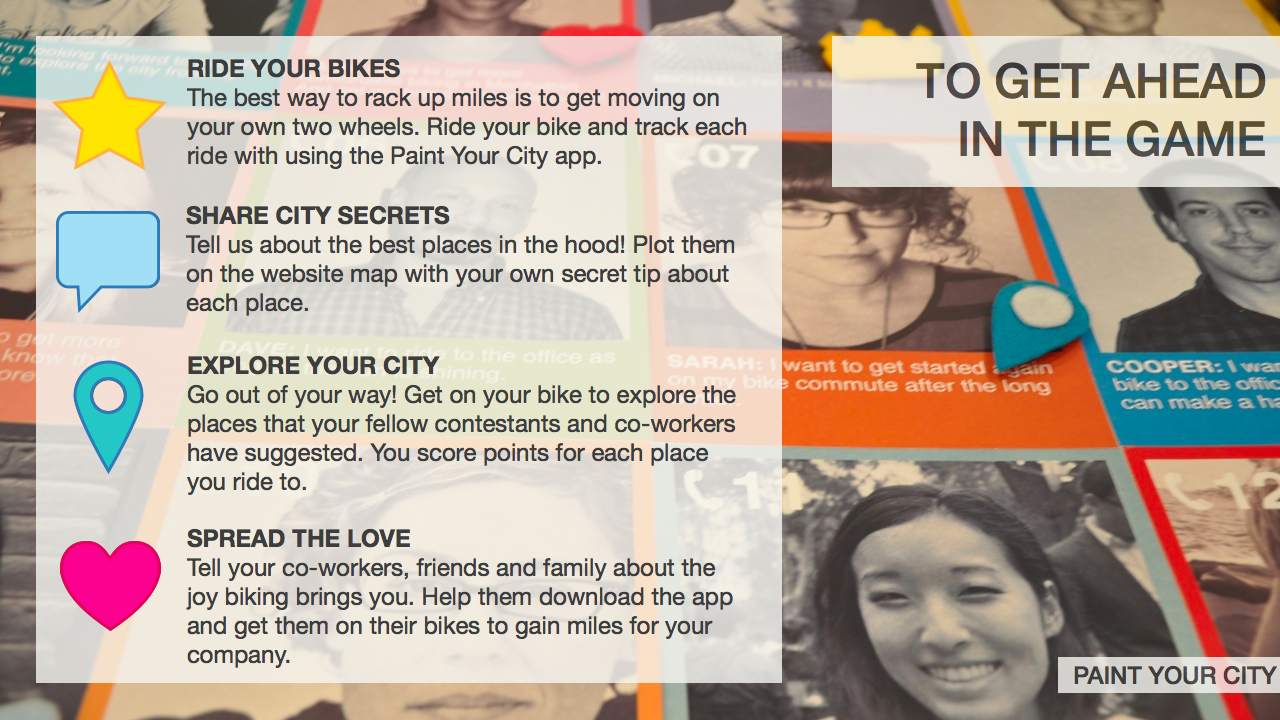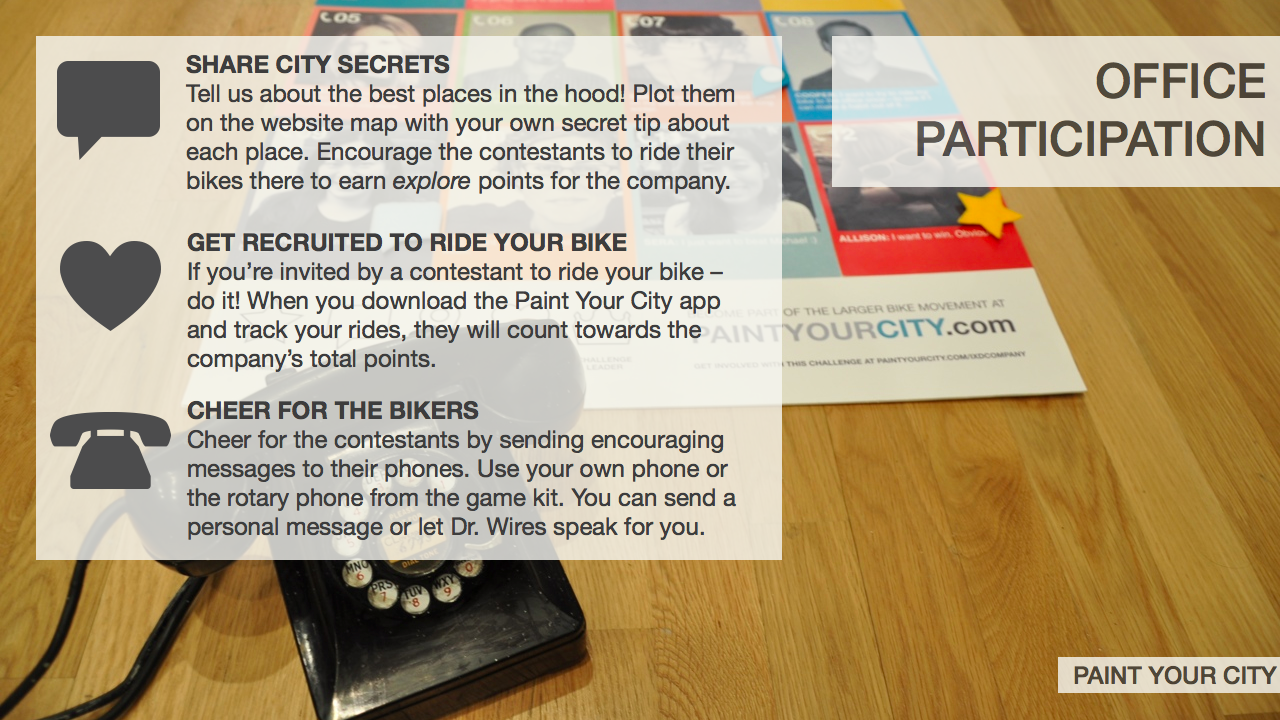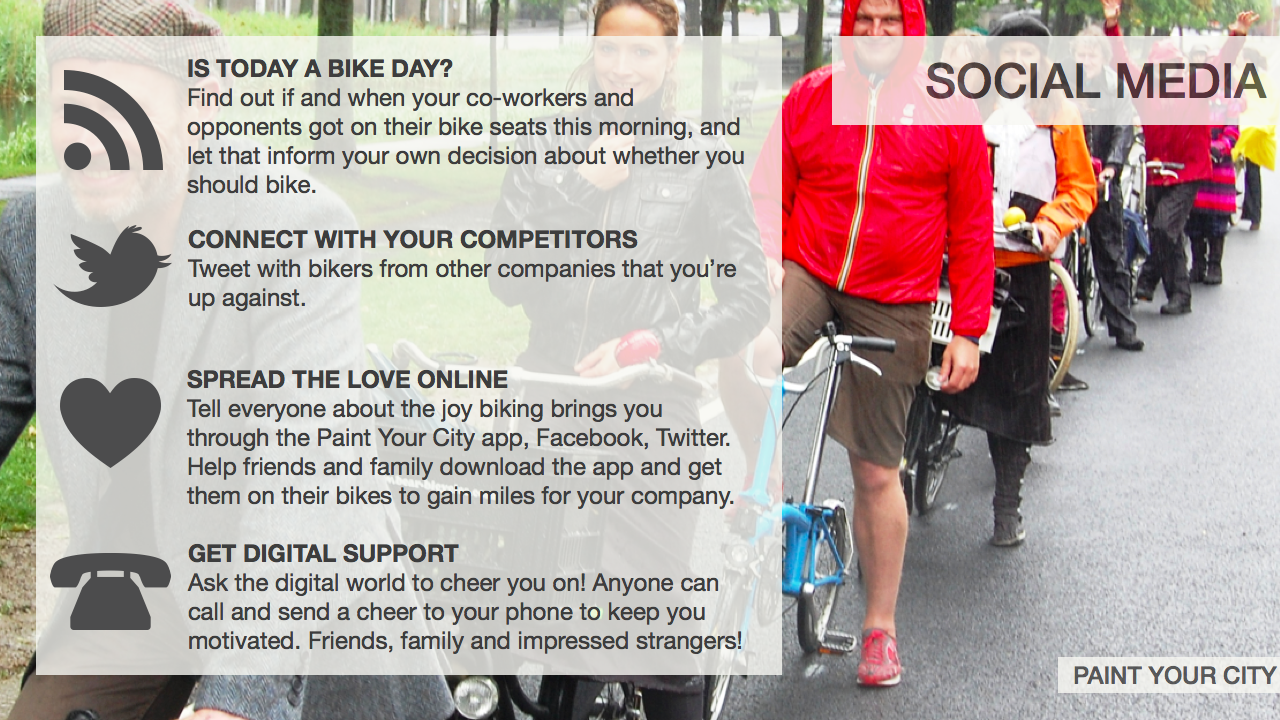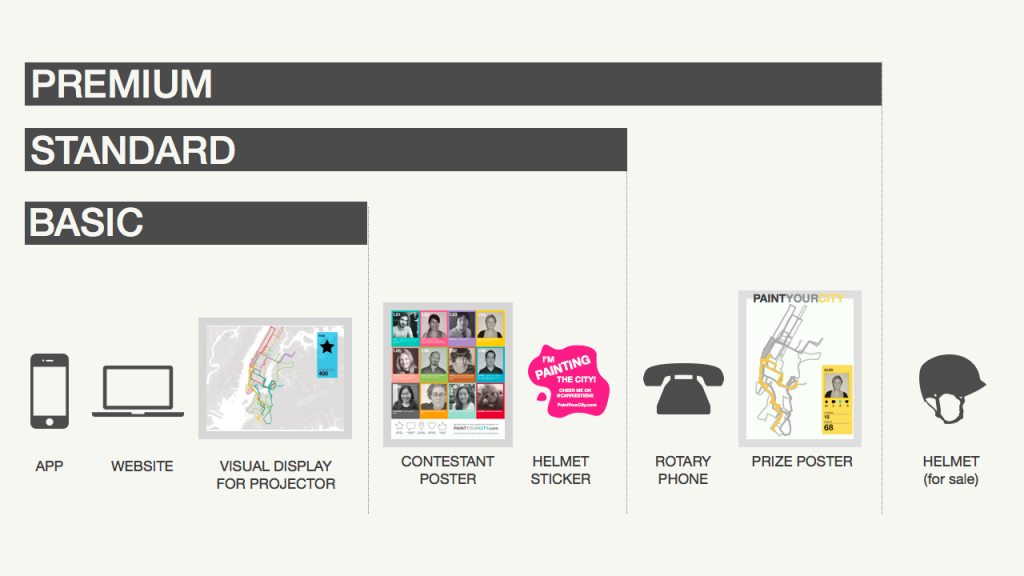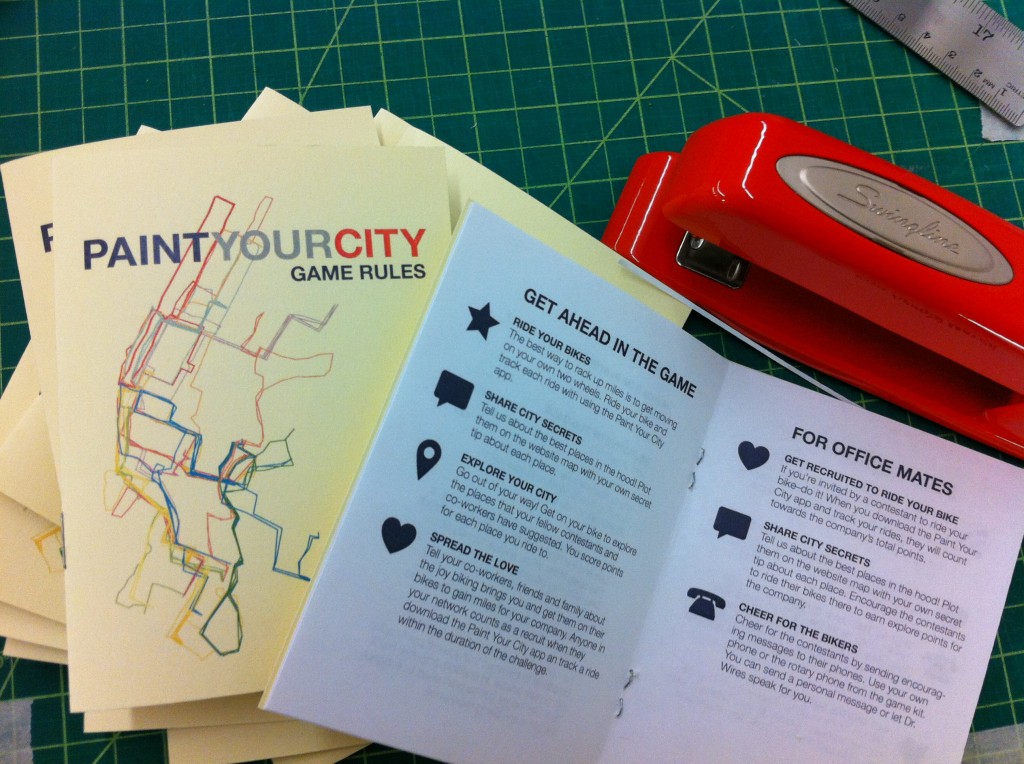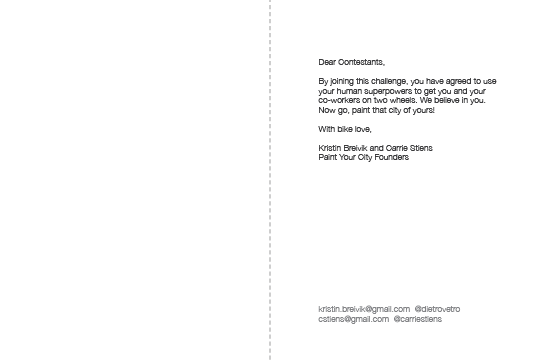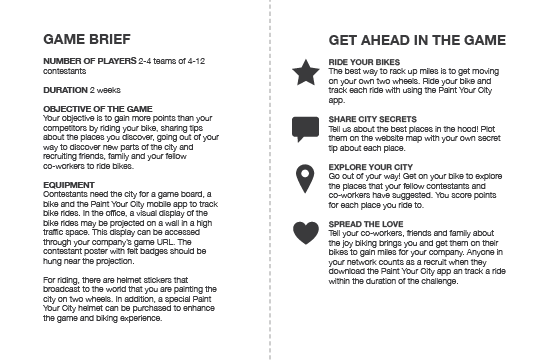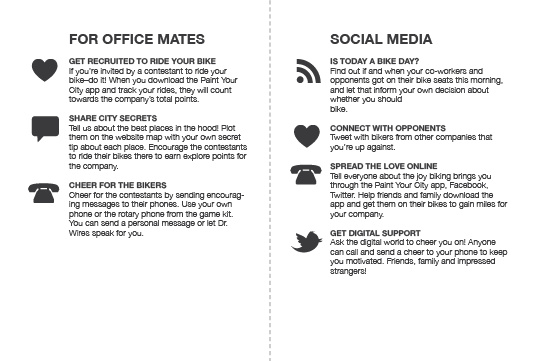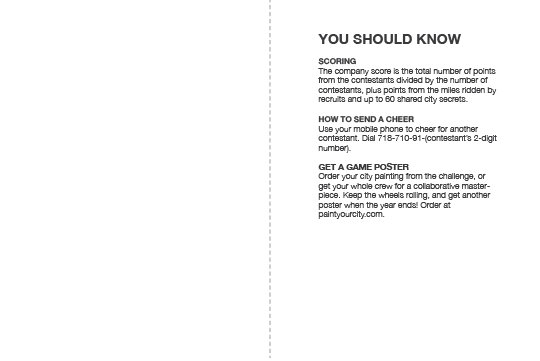“Ambitious: (of a plan or piece of work) intended to satisfy high aspirations and therefore difficult to achieve.”
While ambitious describes us pretty well, Kristin and I have been both lucky and blessed to have a handful of advisors on our thesis project. Between five consultation meet-ups, we’ve been exposed to many different approaches for the next 3 months that could lead to very different ends (or milestones) in May. While our brains have flooded with the possibilities, below I’ve called out the sticking points.
THE MYTH OF OUR PLATFORM
Advice from Willy Wong
Two of the most important things we can do with our thesis project is to sell our idea, and to sell the lifestyle of biking. Manufacturers of lotion believe that if you just try the product once, you will love it so much that you will keep buying it. If we get people to bike once, is that enough to keep them biking?
Willy encouraged us to think about what the front page of the site looks like on day 1, versus day 2, versus day 4, versus one week later, and so on. What exactly does the service do from the initial sign-up to keep a rider engaged and motivated to ride? And how do we continue to keep people engaged once they’ve hit a plateau and are bored of tracking?
We’ve started to explore a 2-week challenge model, with the option to continue tracking and visualizing bike rides afterward. In this case, our primary user base would use the service like a ‘training program’ for two weeks to get in the habit of riding a bicycle for transportation. We suspect that a few advanced users, mostly data enthusiasts, quantified self fans, or committed storytellers, would use the service long-term.
But, the question remains: how do we get people to exclaim, ‘I can’t live without this’? How do we get people addicted to biking and addicted to telling their story by painting their city on two wheels? What do we tell them?
Willy has poked holes in our concept and given us tips and frameworks for getting started with branding and moving forward with user experience and concept development.
OPEN DATA FOR GOOD, NOT EVIL
Advice from Amit Pitaru
Amit encouraged us to take a strong stance on our world view in regards to data—OPEN: our users have complete ownership over their data; or CLOSED: we sell the data to large companies for marketing. Both models are viable and are being used by businesses today. Though, we mainly discussed the possibility of having an open source model. Analogues include OpenPhoto (openphoto.org and openphoto.me) and WordPress (wordpress.org and wordpress.com). With both of these, there is a side to the model that offers a service, and a side that is open for developers to build their own service upon using their own data and coding skills.
We believe in data for good. Our users should own their own data. In addition, we see a lot of power in using the mapped riding data to advocate for biking and to show NYC DOT where to paint bike lanes. Regardless of how we set up our business model, we value data ownership with the option to share anonymously for the public good.
TRACKING AND FUSION TABLES
Advice from Robert Carlsen
We met with Robert Carlsen, the developer of Mobile Logger, a tracking app for bikers. He developed the app as a part of his thesis at ITP nearly two years ago. Needless to say, he understands the joys and decisions involved with graduate thesis projects.
We were (and still are) impressed with his work, and were excited about the possibility of building of top of his open-source tracking platform. It’s funny that his first recommendation was to ‘not use Mobile Logger’. Not because he didn’t want to share, but simply because it’s two years old and he believes there are much better ways for developing a tracking app now.
In short, we have options for development—some including the Mobile Logger and some excluding it. However, rather than building the entire platform (tracking app and web platform) right away, we’ll first focus on an initial prototype for testing the idea within our short 3-month time period. After meeting with Robert, we’ll look into how Google Fusion Tables can help us collect and store data as well as other iphone tracking apps.


